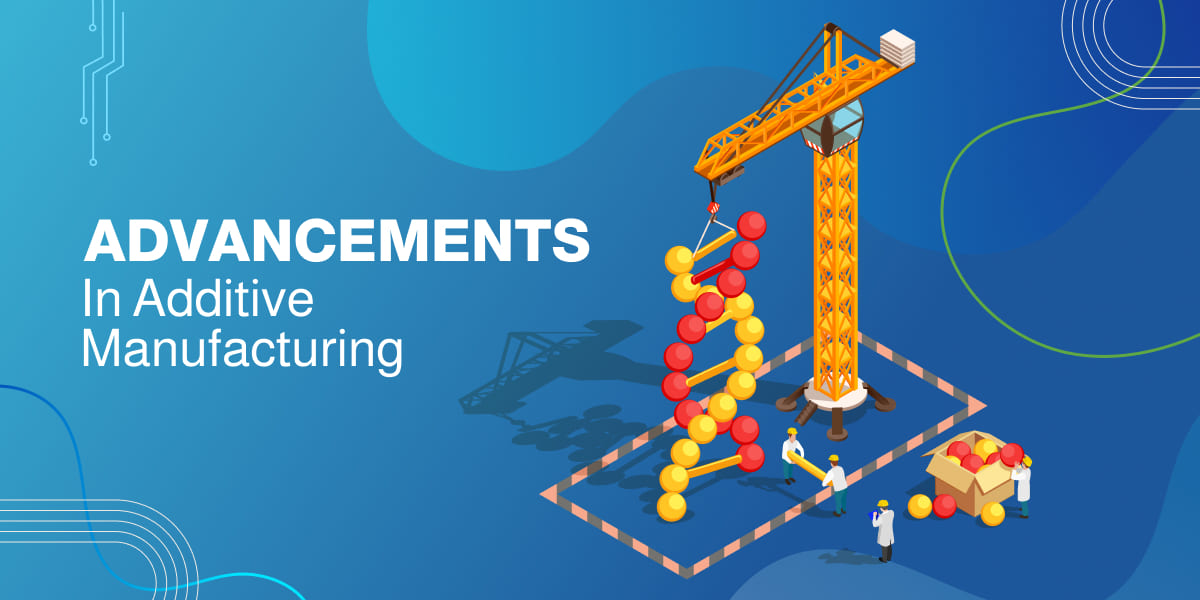
At Katalyst Engineering Services, we continually strive to drive innovation by deftly utilizing these resources, changing the issues encountered by various industries and fields with potential solutions.

At Katalyst Engineering Services, we continually strive to drive innovation by deftly utilizing these resources, changing the issues encountered by various industries and fields with potential solutions.

Thanks to the advancements in 3D printing for proceeding the abilities of it, including material properties, and 3D printed products. Artificial intelligence (AI), automation technologies, materials science, and deposition techniques are constantly developing and being utilized in 3D printing solutions. The future of additive manufacturing is being shaped by innovation in each of the major domains: 3D printing equipment, materials, and software, as well as how they interact with one another.
Businesses that are not familiar with additive manufacturing engineering and 3D printing methods might not be aware of how 3D printing is changing manufacturing in a variety of sectors. Comprehending additive manufacturing’s future will help organizations remain competitive and even future-proof.
A highly automated factory that uses little labor is known as a “smart factory.” Smart factories can be situated anywhere, even in historically expensive areas, because they have cheap labor costs. Using 3D printing, a modern smart factory may develop a broad range of items with a highly scalable and simplified manufacturing method. To more readily allow scaling output up or down based on demand, contract manufacturing facilities can adopt a wholly additive manufacturing model or use a hybrid approach, with traditional and 3D manufacturing existing side by side. An increasing number of businesses will be able to derisk production, better meet consumer demands, and adopt an agile manufacturing strategy as more 3D printing smart factories come online.
Numerous goods, including clothing and medical equipment, might profit from or need some degree of customization. Most dental goods are made to order, meaning that one or more pieces are created to complement the unique treatment strategy. In the past, customizing high-volume items has been difficult and requires several iterative cycles to go from a prototype to high volume production. This strategy carries the risk that large SKU product counts could result in exorbitant tooling and assembly costs.
An excellent substitute method for permitting customization and supporting large SKU numbers is 3D printing. Additive manufacturing facilities can manufacture customized products more easily since they don’t need tooling. Smart 3D printers connected to factories that can communicate directly with additive manufacturing facilities will be the future of additive manufacturing.
Throughput has been enhanced by more recent 3D printing technologies by raising build volume and speed while drastically lowering post-processing. Larger build areas and faster Z-printing, thanks to technological advancements in DLP 3D printing methods, have made it possible to achieve higher throughput and greater simplicity. Compared to traditional 3D printing methods, DLP printing procedures require fewer steps and post-processing. They can also eliminate or decrease assembly for complex designs, which can increase process efficiency by 50–90% in some situations. Providers of additive manufacturing today are putting “production first” and developing scalable solutions that streamline and speed up manufacturing.
Throughput has been enhanced by more recent 3D printing technologies by raising build volume and speed while drastically lowering post-processing. Larger build areas and faster Z-printing, thanks to technological advancements in DLP 3D printing methods, have made it possible to achieve higher throughput and greater simplicity. Compared to traditional 3D printing methods, DLP printing procedures require fewer steps and post-processing. For complex designs, they can also eliminate or decrease assembly, which can increase process efficiency by 50–90% in some situations. Providers of additive manufacturing today are putting “production first” and developing scalable solutions that streamline and speed up manufacturing.
Almost any design or geometry may be accommodated by 3D printing methods. The items that can be produced at additive manufacturing facilities will be determined by the resins that are readily available on-site, not by the tooling. If they have 3D printable materials on site, additive manufacturing facilities can make goods for a wide range of industries and application sectors. In the dental field, one printer can create a wide variety of dental appliances, including surgical guides, night guards, and aligners, using a variety of specialty dental resins. This is an example of flexibility in action. Materials Handling System and resins for 3D printing are developing quickly. With a wide variety of materials available at each plant to support a variety of product lines, additive manufacturing will lead to more productive sites in the future.
Manufacturing is becoming simpler because of advances in artificial intelligence (AI) software, cloud computing, automation, and generative design in additive manufacturing software. For instance, automotive manufacturing advances in dental 3D printing software can repair models, and generative design can bridge the gap between what can be achieved with traditional and additive manufacturing. Customers can directly access available 3D printing equipment for on-demand production, and cloud software can aggregate and optimize manufacturing capacity among machines. Software for additive manufacturing will soon be able to predict machine maintenance needs and automatically adjust printing parameters to guarantee consistent output across all machines without the need for human intervention.
In order to support more goods across all industries, additive manufacturing will continue to simplify manufacturing and improve 3D printed materials. Businesses can adopt a more flexible business model and increase their level of global competitiveness by working with an inventive 3D printing partner that prioritizes output over other considerations in the manufacturing process.
With some of the most cutting-edge 3D printing options available, Katalyst Engineering provides Engineering and Manufacturing Services with the resources they need to adopt an agile manufacturing strategy for a variety of product types. Businesses can utilize in-house flexible, on-demand production or a 3D printing Smart Factory equipped with a variety of cutting-edge materials by utilizing a 3D printer connected to a smart factory.
Need help understanding our services in depth? Our team of experts will specify everything you require. Tap on the Contact Us button and connect with our team today!
